Overview of EPIRBs in the Marine Industry
In the vast expanse of the open seas, safety is of paramount concern for commercial marine operations. One critical tool that plays a pivotal role in ensuring the safety of vessels and their crews is the Emergency Position-Indicating Radio Beacon (EPIRB). This article provides an in-depth understanding of EPIRBs, their functions, types, compliance with regulations, the activation process, and the overall importance of these devices in the realm of commercial marine operations.
What are EPIRBs: Function and Purpose
EPIRBs are specialized distress beacons designed to alert search and rescue authorities in the event of an emergency at sea. These compact and rugged devices are equipped with a satellite transmitter that, when activated, broadcasts a distress signal to orbiting satellites. The primary purpose of EPIRBs is to facilitate rapid and accurate location identification of distressed vessels, ensuring timely assistance and rescue operations.
Types of EPIRBs: Category Overview
There are two main categories of EPIRBs – Category I and Category II – each designed to meet specific needs and vessel types. Category I EPIRBs: These EPIRBs are designed to automatically float free from a sinking vessel and activate upon immersion in water. Equipped with a hydrostatic release mechanism, Category I EPIRBs ensure swift deployment, making them ideal for vessels that may sink rapidly. Category II EPIRBs: Category II EPIRBs are manually activated and are typically installed in a bracket on a vessel. These devices are suitable for vessels that are less prone to rapid sinking, allowing crew members to initiate distress signals when necessary.
Regulations and Requirements: Compliance for Commercial Use
The use of EPIRBs in commercial marine operations is subject to stringent regulations and requirements set forth by international maritime organizations. The International Maritime Organization (IMO) mandates the installation and proper maintenance of EPIRBs on certain vessels to enhance safety and expedite search and rescue efforts. Commercial vessels are required to have EPIRBs that comply with the Global Maritime Distress and Safety System (GMDSS) regulations, ensuring a standardized approach to distress alerting.
Activation and Transmission Process: How it Works
The activation and transmission process of EPIRBs is designed to be straightforward and efficient, ensuring quick distress signal dissemination. When activated, the EPIRB initiates a distress signal that is transmitted via satellite to search and rescue authorities. This signal contains vital information, including the unique identifier of the EPIRB, the vessel’s identity, and its precise location through GPS technology. Search and rescue teams can then respond promptly to the distress call, improving the chances of a successful outcome in emergency situations.
Benefits of Using EPIRBs: Importance for Safety
The importance of EPIRBs in ensuring the safety of commercial marine operations cannot be overstated. Here are key benefits: Rapid Distress Alerting: EPIRBs enable rapid and efficient alerting of distress situations, reducing response time and increasing the likelihood of successful search and rescue operations. Accurate Location Identification: GPS-equipped EPIRBs provide precise location information, allowing search and rescue authorities to pinpoint the distressed vessel’s position quickly and accurately. Compliance with Regulations: The use of EPIRBs ensures compliance with international regulations, contributing to a standardized approach to maritime safety and distress alerting. Versatility for Different Vessel Types: The availability of Category I and Category II EPIRBs caters to the diverse needs of commercial vessels, ensuring that different types of vessels can benefit from this crucial safety technology.
Importance of EPIRBs in Marine Operations
In conclusion, EPIRBs are indispensable tools for ensuring the safety of commercial marine operations. By complying with international regulations and utilizing these distress beacons, vessels enhance their emergency response capabilities, improve location accuracy during distress situations, and contribute to a safer maritime environment. As a critical component of the broader safety infrastructure, EPIRBs play a pivotal role in mitigating risks and facilitating timely assistance in emergencies at sea. Commercial marine operations must prioritize the adoption and proper maintenance of EPIRBs to navigate the waters with confidence and safeguard the well-being of crews and vessels alike.

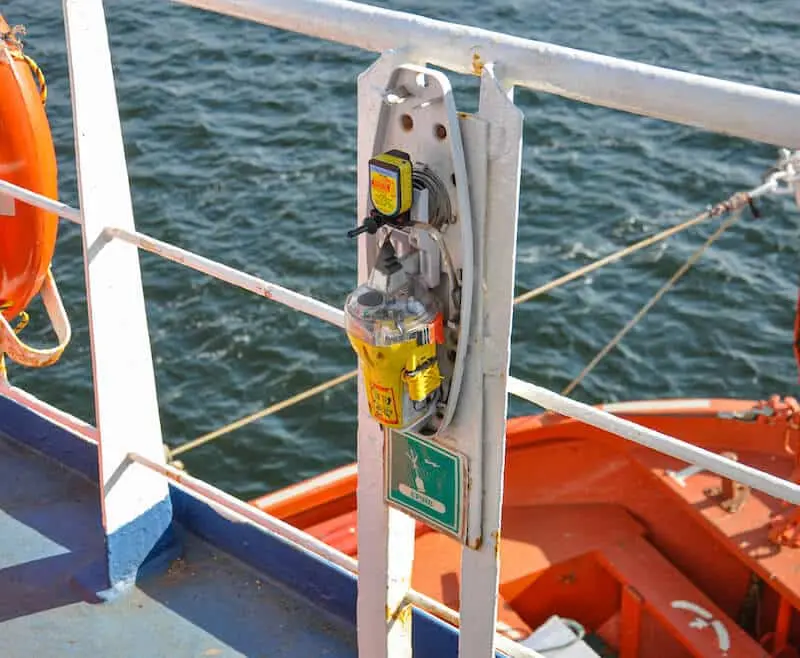

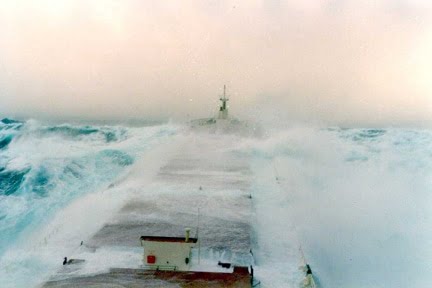
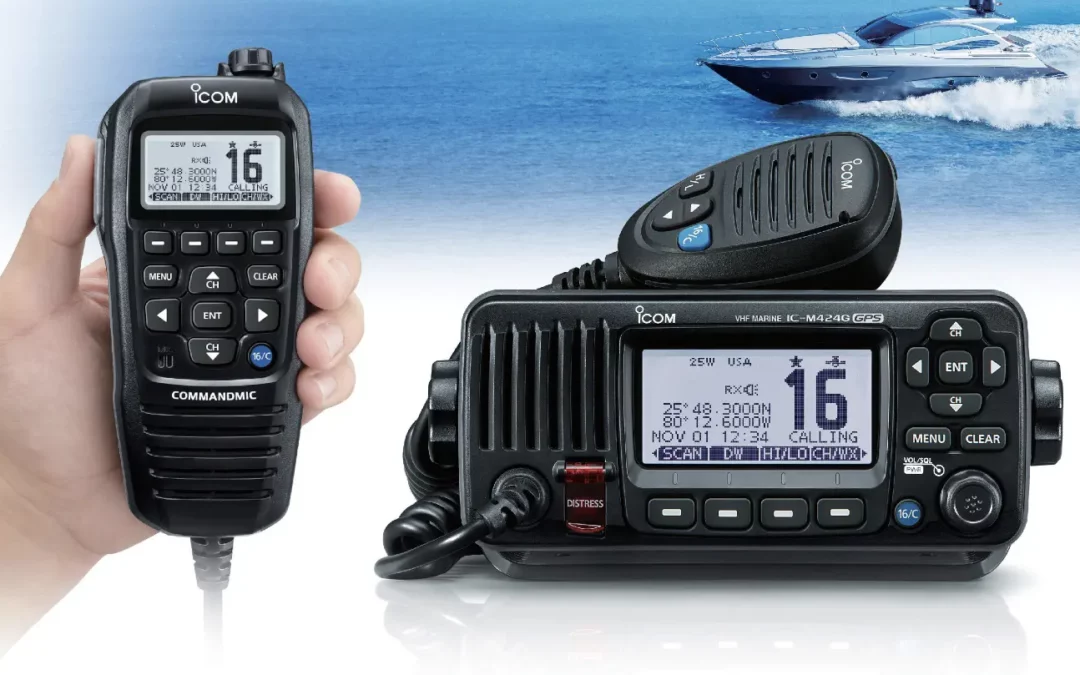

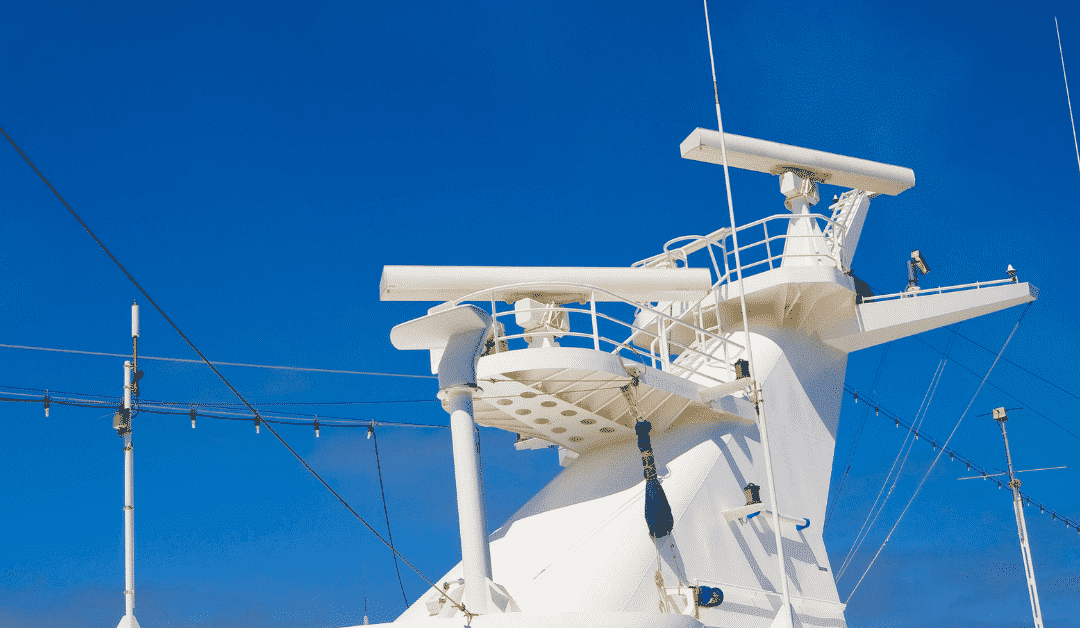
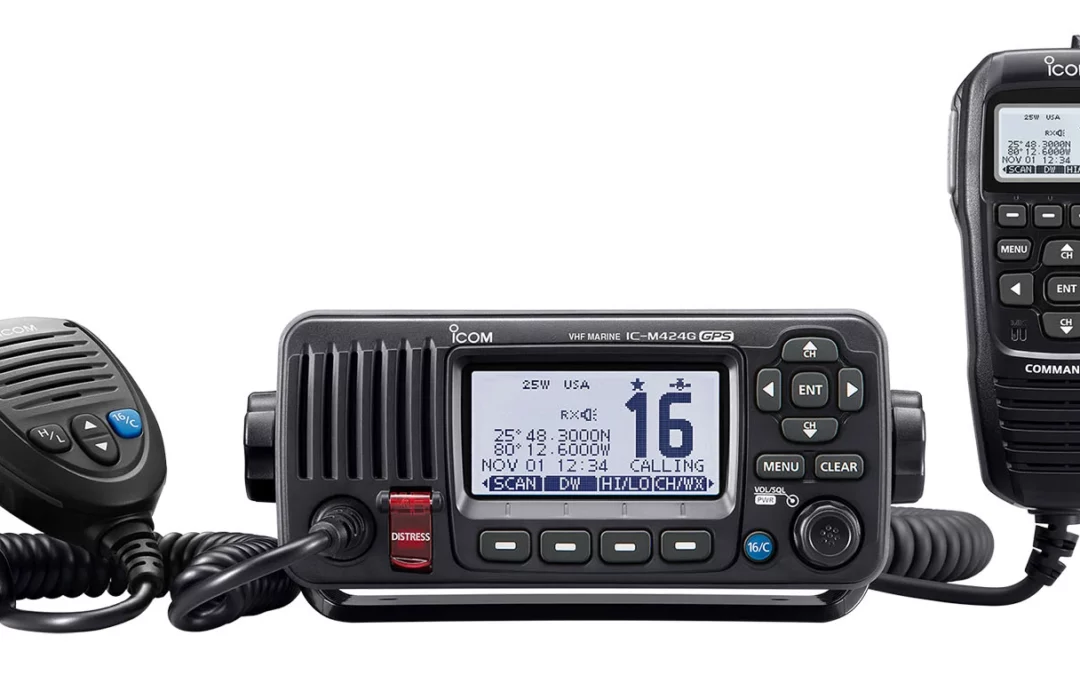
0 Comments